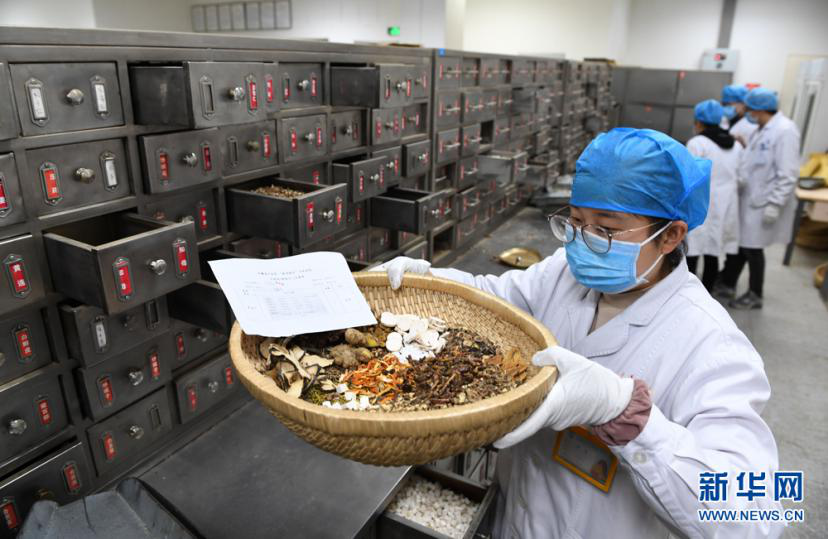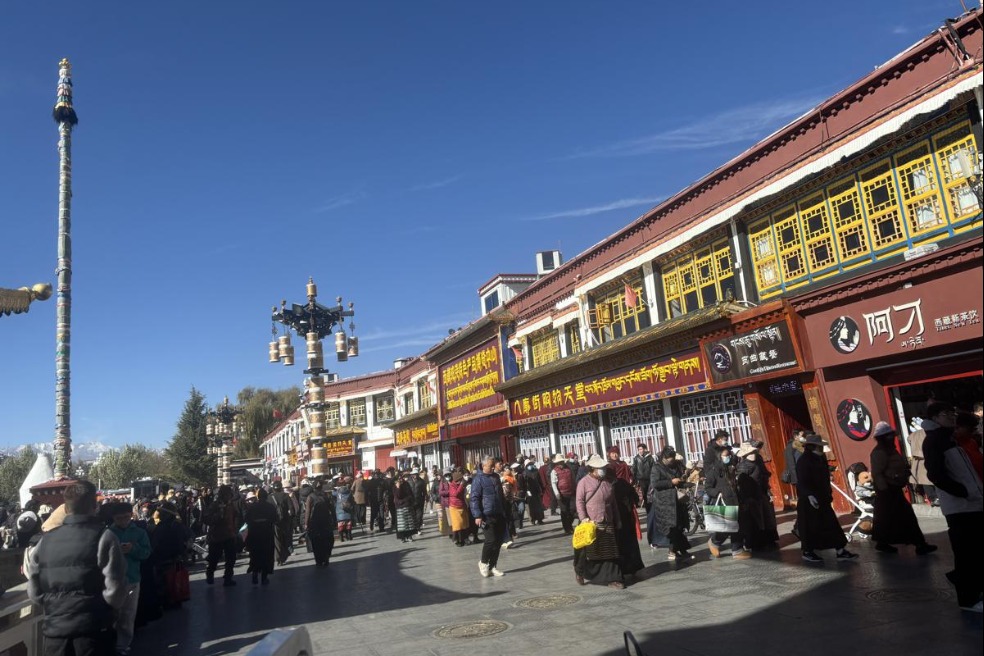TCM plays key role in containing epidemics in Chinese history


Each TCM prescription consists of multiple ingredients, whereas a chemical medicine is composed of single ingredient. Each TCM prescription is a complex system and has multiple targets and links in curing disease, but that also makes it difficult to illustrate its function mechanism clearly and completely in a short time.
Life is a complex phenomenon. What we know about it is a tip of the iceberg. Many puzzles about essence and rules of life can't be solved using a linear approach. According to Western science, TCM has no clear function mechanism, is subjective in judging curing effects, and its diagnosis and treatment based on overall analysis of the patients are not in line with the development process of chemical medicines covering "basic experiment, clinical trials, approval, and application", thus being labeled as not scientific. TCM is typical of traditional Chinese culture and science, and boasts a complete theory system. Unlike Western medicine, which follows the route of first getting developed in laboratory and then being applied to patients, TCM is the knowledge Chinese people have summarized from practices throughout the ages. Though many effects can not be explained scientifically, such as Huoxiang Zhengqi Liquid, which can cure indigestion-caused diarrhea, a fact widely known among Chinese people, we need to attach great importance to the use of TCM.
We can observe life from outside to inside, from macro to micro, or from factors such as climate and psychological influence. When understanding the etiology and pathogenesis, we should consider biological factors such as bacteria and viruses, but also pay attention to the immunity and self recovery of the human system. Both Western medicine and TCM have their own strengths. TCM is good at regulating the system holistically and in curing epidemics, chronic disease and helping recovery. As Yuan Zhong, a professor at Peking Union Medical College, said, the understanding of life and disease prevention and treatment is like scaling a mountain. One can climb from the sunny slope, or from the shady slope. Only when we reach the top of the mountain can we enjoy a panoramic view of both sides of the mountain. Western medicine and TCM are like the two slopes of the mountain.
The author, Tang Xudong, is a senior researcher with the China Academy of Chinese Medical Sciences.
The article is translated by Ma Chi.
























